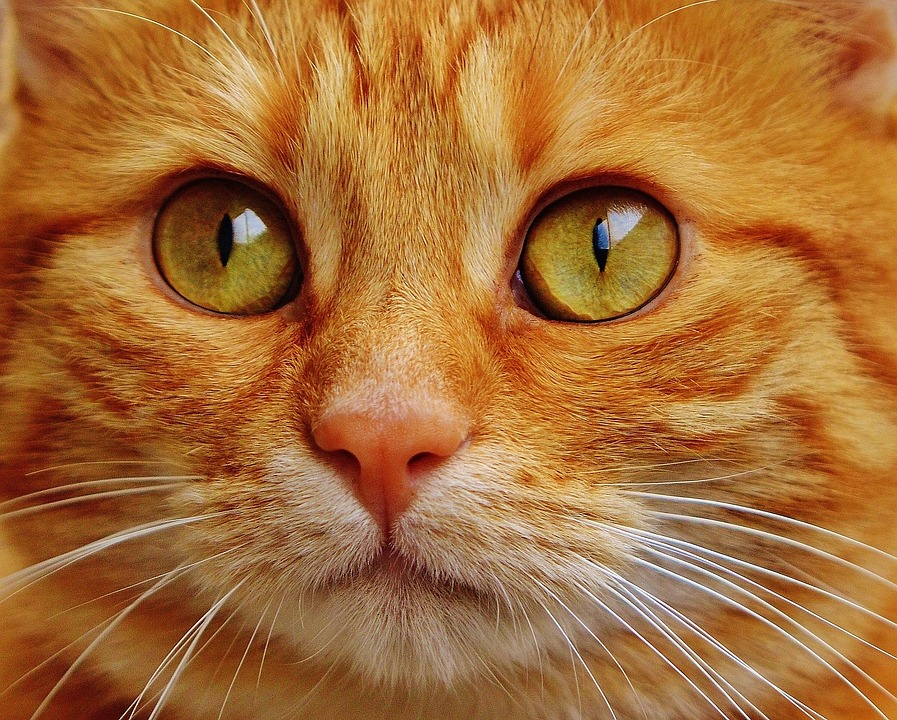Cat flu, also known as feline upper respiratory infection (URI), is a highly contagious viral infection that affects cats of all ages. It can be caused by different viruses, such as feline herpesvirus (FHV-1) and feline calicivirus (FCV). This article will provide an overview of cat flu, its symptoms, treatment options, and frequently asked questions.
Symptoms of Cat Flu
Cat flu can manifest in various ways, and its severity may vary depending on the individual cat. Some common symptoms include:
1. Sneezing and Nasal Discharge:
– Cats may experience frequent sneezing accompanied by clear or cloudy nasal discharge.
– The discharge may become thicker and yellow or green in color as the infection progresses.
2. Conjunctivitis:
– Inflamed and red eyes are common in cats with cat flu.
– Cats may have excessive tearing, discharge, and squinting due to the inflammation.
3. Coughing and Gagging:
– Cats may develop a persistent cough or gagging reflex due to irritation in the throat caused by the infection.
– This symptom is more prevalent in cases involving the feline calicivirus.
4. Loss of Appetite and Lethargy:
– Infected cats often experience a decrease in appetite and energy levels.
– They may become less active and show signs of lethargy.
Treatment Options for Cat Flu
Although cat flu cannot be completely cured, supportive care and treatment can help alleviate the symptoms and reduce the severity of the infection. Here are some common treatment options:
1. Veterinary Examination:
– It is crucial to visit a veterinarian for a proper diagnosis and to determine the appropriate treatment plan.
– The vet may conduct a physical examination, perform diagnostic tests, and prescribe medications accordingly.
2. Symptomatic Treatment:
– Medications, such as antiviral drugs, antibiotics, and eye drops, may be prescribed to manage specific symptoms and prevent secondary bacterial infections.
– Ensure you follow the veterinarian’s instructions carefully and complete the full course of prescribed medications.
3. Supportive Care:
– Provide a quiet and comfortable environment for your cat to rest and recover.
– Encourage fluid intake to prevent dehydration; offering wet food or water with added flavor may be helpful.
– Clean your cat’s eyes and nose gently with a damp cloth to remove any discharge.
FAQs
Q1. Can I vaccinate my cat against cat flu?
A1. Yes, vaccines are available to protect cats against common strains of the feline herpesvirus and calicivirus. Consult your veterinarian to determine the appropriate vaccination schedule for your cat.
Q2. Can cats transmit cat flu to humans?
A2. No, cat flu is not zoonotic, meaning it cannot be transmitted from cats to humans. However, humans can inadvertently spread the infection between cats through contaminated hands or clothing.
Q3. How long does it take for a cat to recover from cat flu?
A3. The recovery time varies depending on the severity of the infection and the overall health of the cat. Mild cases may resolve within a couple of weeks, while more severe infections can take several weeks or longer to fully recover.
Q4. Can cat flu be prevented?
A4. While it’s not always possible to prevent cat flu entirely, regular vaccination, good hygiene practices, and minimizing exposure to infected cats can significantly reduce the risk of infection.
Conclusion:
Cat flu can be a distressing condition for both cats and their owners. Recognizing the symptoms and seeking prompt veterinary care is crucial for managing the infection effectively. With proper treatment and supportive care, most cats can recover from cat flu and regain their health. Remember to consult your veterinarian for personalized advice and guidance tailored to your cat’s specific needs.








